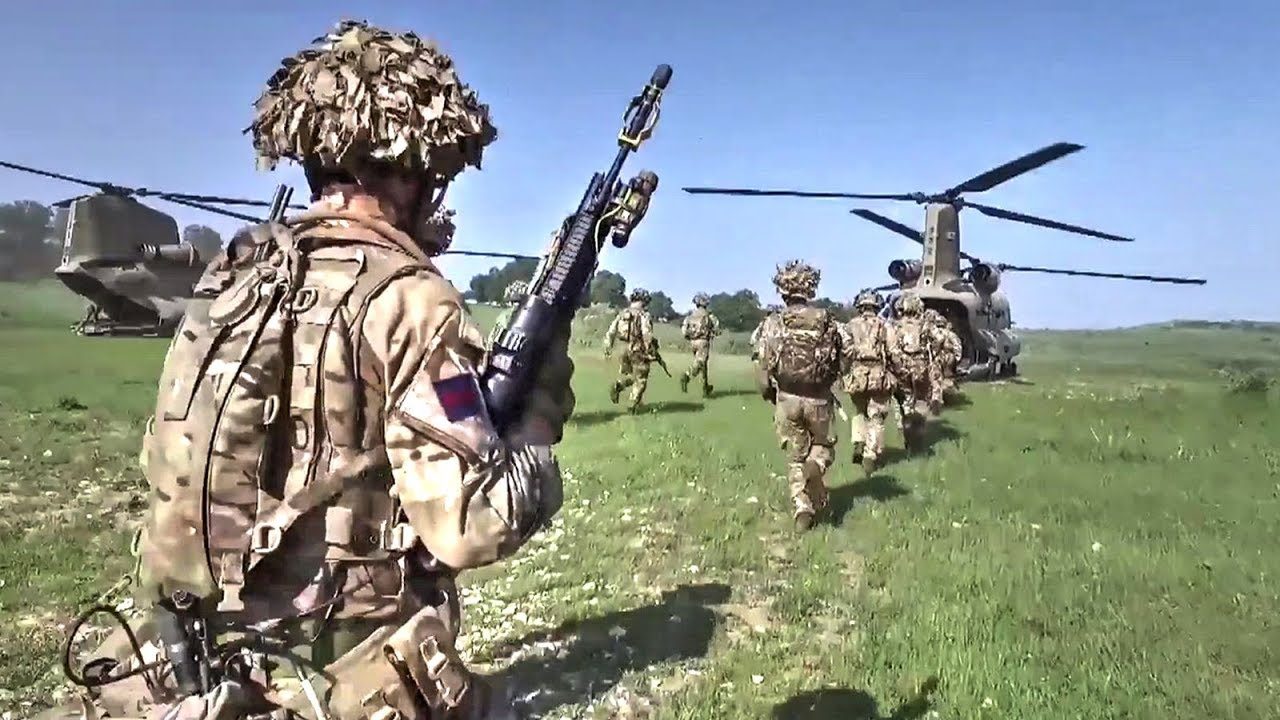What is an Army Division?
4 December 2017



 History,Short Factual Stories
History,Short Factual Stories

What is an Army Division?
Many questions and answers on military history frequently refer to Army Divisions or to the size of an army by the the number of its Divisions. So what is an Army Division?
Let’s start with the structure of an army when fighting or on operations which remains little changed since the time of the Swedish King, Gustavus Adolphus in the 17th century:
So, Why is a Division always mentioned?
There are two main reasons:
- The size of a Field Army is normally measured by the number of Divisions it has, and
- This is because a Division is the smallest fully self-supporting military unit that does not require outside help for it to sustain the role it is required to undertake. It is also usually a fairly permanent military unit unlike Army Corps and Field Armies which, in war, are quite frequently assembled and then re-assembled into different formations according to the needs of a particular operation.
How many troops are there in a Division?
The size of a Division can vary but, as shown above, it normally consists of three Brigades with each Brigade consisting of (usually) three infantry battalions and/or armoured (tank) regiments.
The total number of troops in a Division will vary depending largely upon the infantry / armour split within the Division because there are are more troops in an infantry battalion than an armoured regiment. But on average the total head count for a Division is usually around 10,000 combat troops plus up to a further 8,000 logistic/support troops.
The Components of a Division
As can be seen an Army Division is a complete fighting unit. The trend nowadays is for the Brigades within a Divisions to have a balanced mix of infantry and armour (whether within each or between them) whereas during the First World War, and to a certain extent in the Second World War, there was often separate infantry and armoured Divisions.
Short Divisions
A Division with just 2 Brigades is sometimes called a Short Division. For example, in the First Gulf War in 1990-1991, Britain initially sent one Brigade to help in the operation to retake Kuwait. However, the British Commander-in-Chief, General Sir Peter de la Billière realized that with just one Brigade, British troops would not be able to fight as a coherent unit in their own right. They would be absorbed into a Division that would be commanded by and include troops from another nation. He therefore persuaded the Prime Minister, John Major to provide a second Brigade. With this he created a Short Division that could operate as a British unit in its own right.




Leave a Comment
You must be logged in to post a comment.